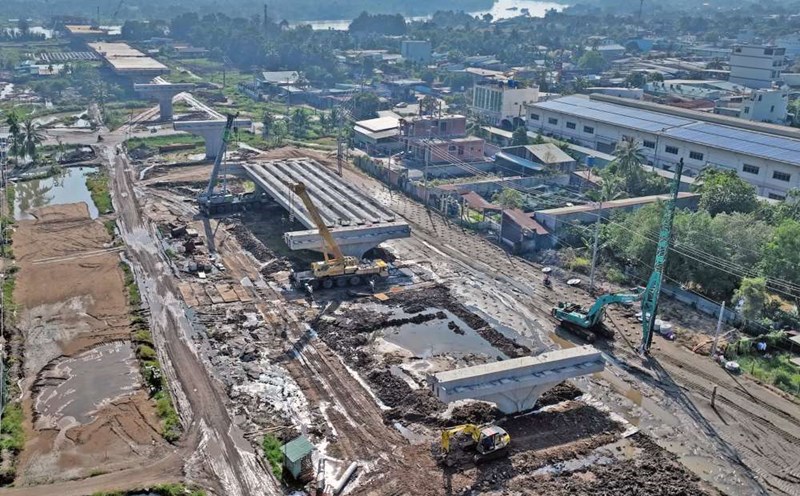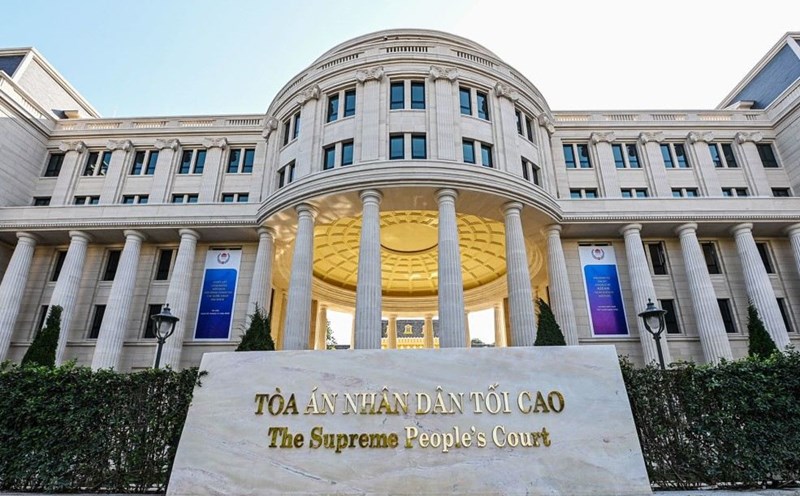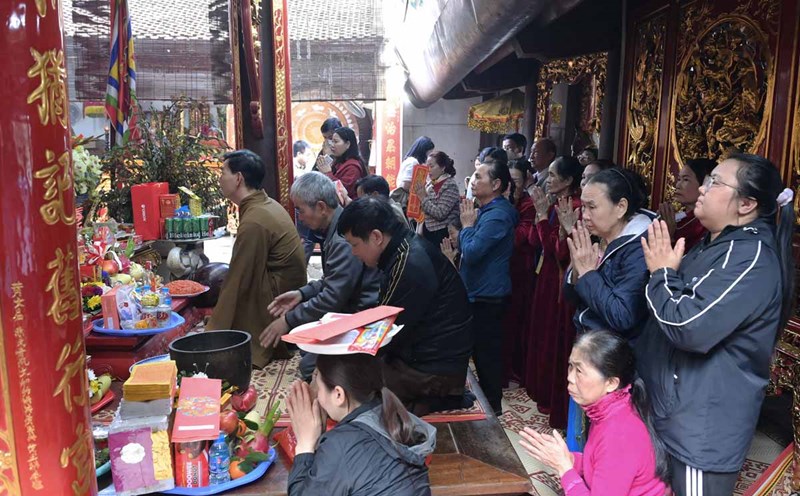According to Ho Chi Minh City planning period 2021 - 2030, vision to 2050, Cu Chi district will be together with four other districts to develop into new type of satellite cities, acting as a gateway to connect Ho Chi Minh City with neighboring provinces .
After 2030, Ho Chi Minh City will gradually build a multi -central city model, of which Cu Chi district and Hoc Mon district will become a northern urban area under the city.
According to the orientation, Cu Chi will become an industrial center, high -tech park, combined with high -tech application agriculture, ecological and organic agriculture.
In addition, this area will also focus on developing trade - services, tourism, entertainment, training, health care and conservation of historical - cultural - revolutionary values.
By 2030, Cu Chi will be focused on investing in infrastructure, improving the quality of the living environment, aiming to meet the criteria of grade III urban areas, becoming an important part of the Northern urban area in Ho Chi Minh City. .
It is forecasted that by 2030, the permanent population in Cu Chi district will range from 600,000 to 900,000.
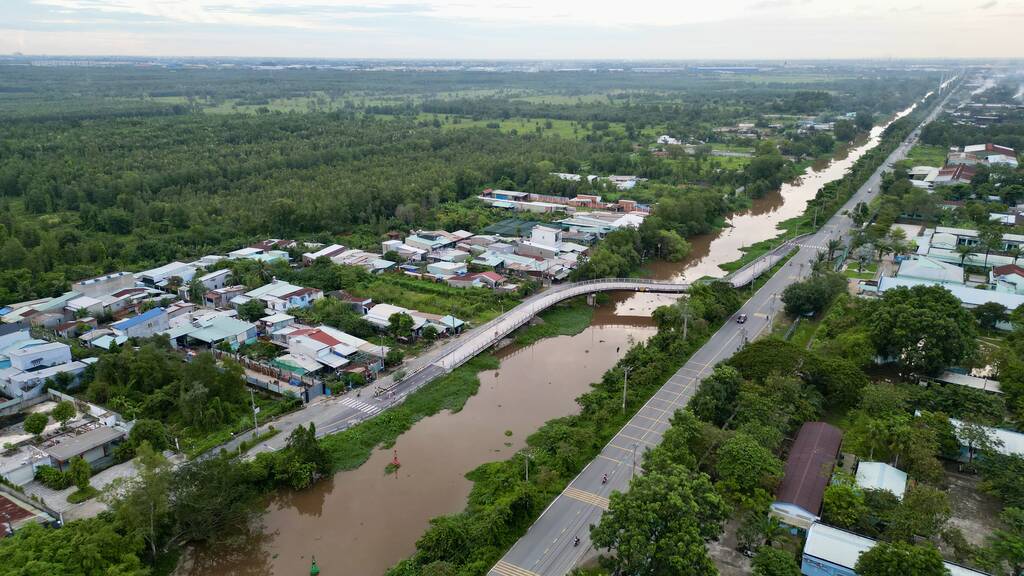
According to the plan, Cu Chi district will form urban central areas at: Cu Chi District Administration Center (existing); Highway 22 and Ring 3, connected to Ho Chi Minh City - Moc Bai Expressway; south of Ring 4, bordering the Saigon River; The urban area along the Saigon River, southeast of the planning lake is planned.
Regarding transport infrastructure, Cu Chi will be strongly invested in the external connection system with important routes such as Ring 3, Ring 4, Ho Chi Minh City - Moc Bai Expressway, Highway 22.
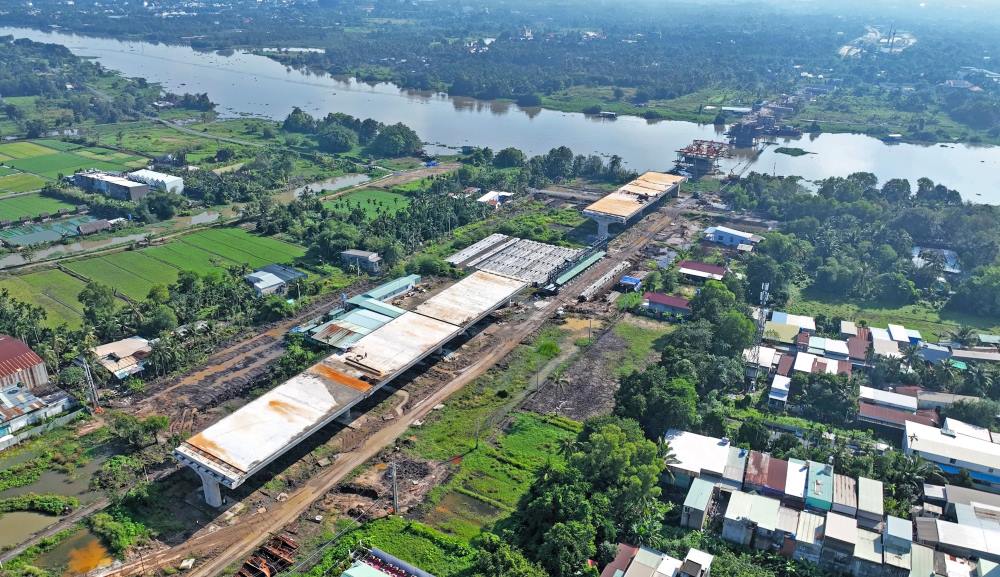
Cu Chi district also has important provincial roads such as provincial road 2, provincial road 6, provincial road 7, provincial road 8, highway 8, provincial road 15 and Ha Duy Phien street, creating close links with Binh Duong and Long An province and Tay Ninh.
Ho Chi Minh City also planned the road along the Saigon River 78.2 km long, extending from the border of Tay Ninh to the Ben Luc - Long Thanh Expressway intersection with the Sac forest road (Can Gio district). This route not only creates a new traffic axis but also opens the direction of urban development, trade, tourism and creates accents of the river landscape.
In the future, Cu Chi will have 4 important Metro lines: Metro No. 2 (Thu Thiem - Depot Binh My, 62.2 km long), 2S route (branch from Hoc Mon through National Highway 22 to Northwest Urban ); Metro No. 8 (Da Phuoc - Binh My, 42.8 km long); Metro No. 11 (riverside route from Binh Tan district to Cu Chi, 48.7 km long).
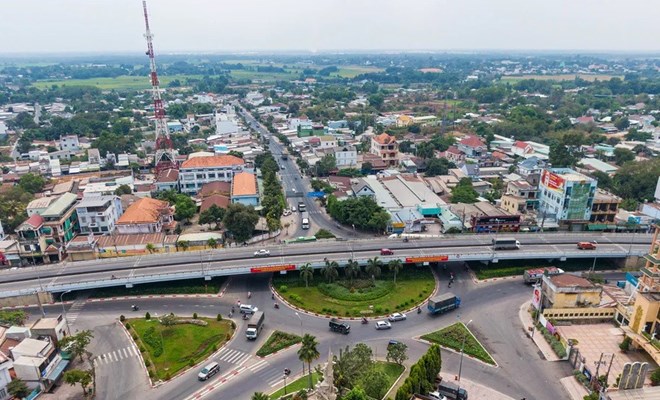
In addition, Cu Chi district will be built a yacht port for tourism in association with historical tourist destinations.
In addition, Cu Chi district will have a 12 -hectare bus stop, 15 hectares of inland port and Cu Chi shallow port to meet the increasing transport demand.
Regarding education, Cu Chi aims to have 50 kindergartens by 2030, along with 41 elementary schools, 23 junior high schools, an inter -junior high school, 7 high schools and 9 vocational education schools - regular sex.
In the field of health, by 2030, Cu Chi district will have 2 hospitals meeting the standard of Grade I General Hospital and Class I Hospital, contributing to improving the quality of health care for people.



